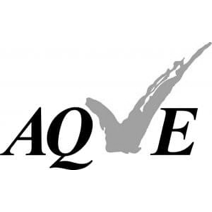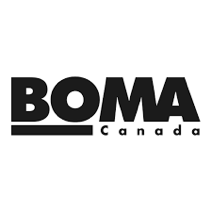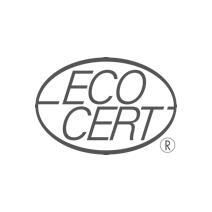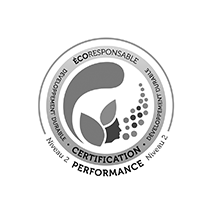However, radon can infiltrate indoor air in buildings through various openings:
- Earthen floors
- Cracks in the concrete slab or foundation walls
- Sumps
- Crawl spaces
- Joints
- Openings around drain pipes and service entries, such as pipe fittings
- Groundwater supply rich in radon can also be a source of indoor contamination
Radon mainly accumulates in the lowest and least ventilated rooms of a building, such as the basement.
Since radon concentration depends on the building's configuration, it is recommended to take new measurements after major modifications to the envelope (e.g., insulation) or foundations.
To know the radon concentration in your home, it must be measured using specialized detectors or devices, which report the result in becquerels per cubic meter of air (Bq/m3).
The average radon concentration in Quebec home basements is about 37 Bq/m3. However, concentrations can sometimes reach very high levels, exceeding 1,000 Bq/m3.
According to the guide on radon measurements in public buildings, it is not recommended to use short-term measurements to assess the need for corrective actions.
In Canada, there is a guideline stating that the radon concentration in a home should not exceed 200 Bq/m3.
If the concentration in your home exceeds this level, you should take corrective actions:
- More than 600 Bq/m3: fix the issue within one year;
- >Between 200 and 600 Bq/m3: fix the issue within two years.
It is estimated that 7% of homes in Canada have radon levels that exceed the 200 Bq/m3 guideline.
To have your indoor air quality (radon) checked by a PNCR-C certified professional (Canadian National Radon Proficiency Program), you can contact the team at Spheratest Environnement.
Reference source: Government of Quebec and Health Canada




